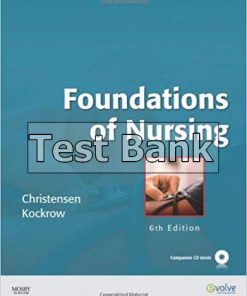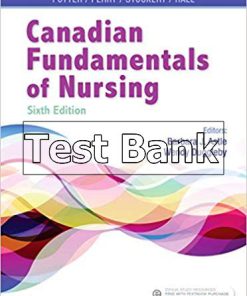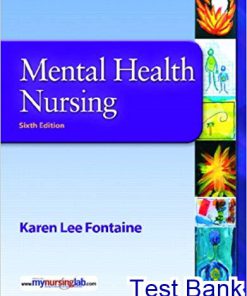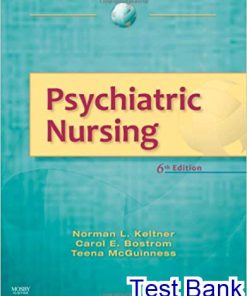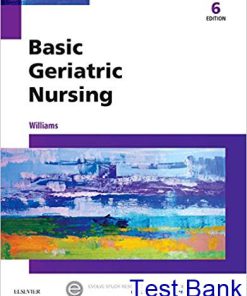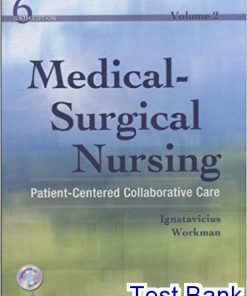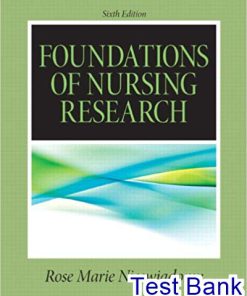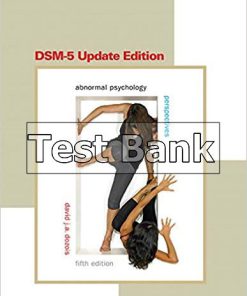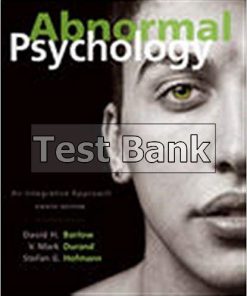High Acuity Nursing 6th Edition Wagner Test Bank
$50.00 Original price was: $50.00.$26.50Current price is: $26.50.
High Acuity Nursing 6th Edition Wagner Test Bank.
This is completed downloadable of High Acuity Nursing 6th Edition Wagner Test Bank
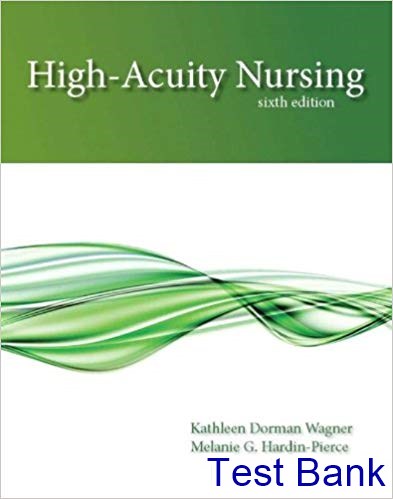
Product Details:
- ISBN-10 : 0133026922
- ISBN-13 : 978-0133026924
- Author: Karen Johnson
High-Acuity Nursing, Sixth Edition brings together the knowledge needed to care for adult patients with complex conditions and unpredictable outcomes, across settings ranging from critical care to high-skill long-term facilities. It makes critical pathophysiological concepts clinically applicable to high-acuity patients; enhances students’ clinical decision-making skills; provides extensive and immediate feedback; and supports self-paced learning. This tightly focused guide has been substantially reorganized to reflect faculty and student feedback. This edition adds bulleted chapter summaries; NCLEX-style posttest items; updated Emerging Evidence boxes; coverage of oncological emergencies, hypertensive crises, and acute aortic problems; adult doses in Related Pharmacotherapy boxes; and a brand-new chapter on complications associated with metabolic stress response.
Table of Content:
Chapter 1:
The SCCM (Society of Critical Care Medicine) suggests using a model of prioritization to assist in making decisions about the suitability, discharge, admission, and triage of acutely ill patients in an intensive care unit (ICU). The model shows which patients may be benefitted most from getting the care in an ICU.
Based on the model in priority 2, the patient needs rigorous monitoring, and may possibly require instantaneous intervention. In priority 3, the patient is critically unstable and ill, with a slight chance of recovery, due to the nature of the acute illness, or the underlying disease. In priority 4, the patient is usually not suitable for intensive care unit admission.
Hence, the options 2, 3 and 4 are incorrect.
In priority 1, the patient is unstable, acutely ill, and needs intensive monitoring and treatment, which cannot be given outside of the ICU (continuous vasoactive drug infusions, mechanical ventilations). For example, postoperative or acute respiratory patients need mechanical ventilator support.
Hence, the correct answer is option .
.
Chapter 2:
1. Shock and disbelief are the first stage of illness and are manifested by denial of the seriousness of the injury. The client may focus more on equipment and intervention than on the injury.
Hence, the option 1 is not the correct answer.
2. Awareness is characterized by an attempt to regain control. Clients may express guilt and may be angry and hostile.
Hence, the option 2 is not the correct answer.
4. In the resolution phase the client adopts the changes associated with the illness into a new identity.
Hence, the option 4 is not the correct answer.
3. In the restitution phase the client may be sad and have frequent crying episodes. Fears about the future are revealed.
Therefore, the correct answer is option  .
.
People Also Search:
high acuity nursing wagner
high acuity nursing 6th edition wagner
high acuity nursing 6th edition
high acuity nursing 6th edition download scribd
high acuity nursing 6th edition testbank download pdf
Instant download after Payment is complete
You may also like…
Related products
Test Bank




